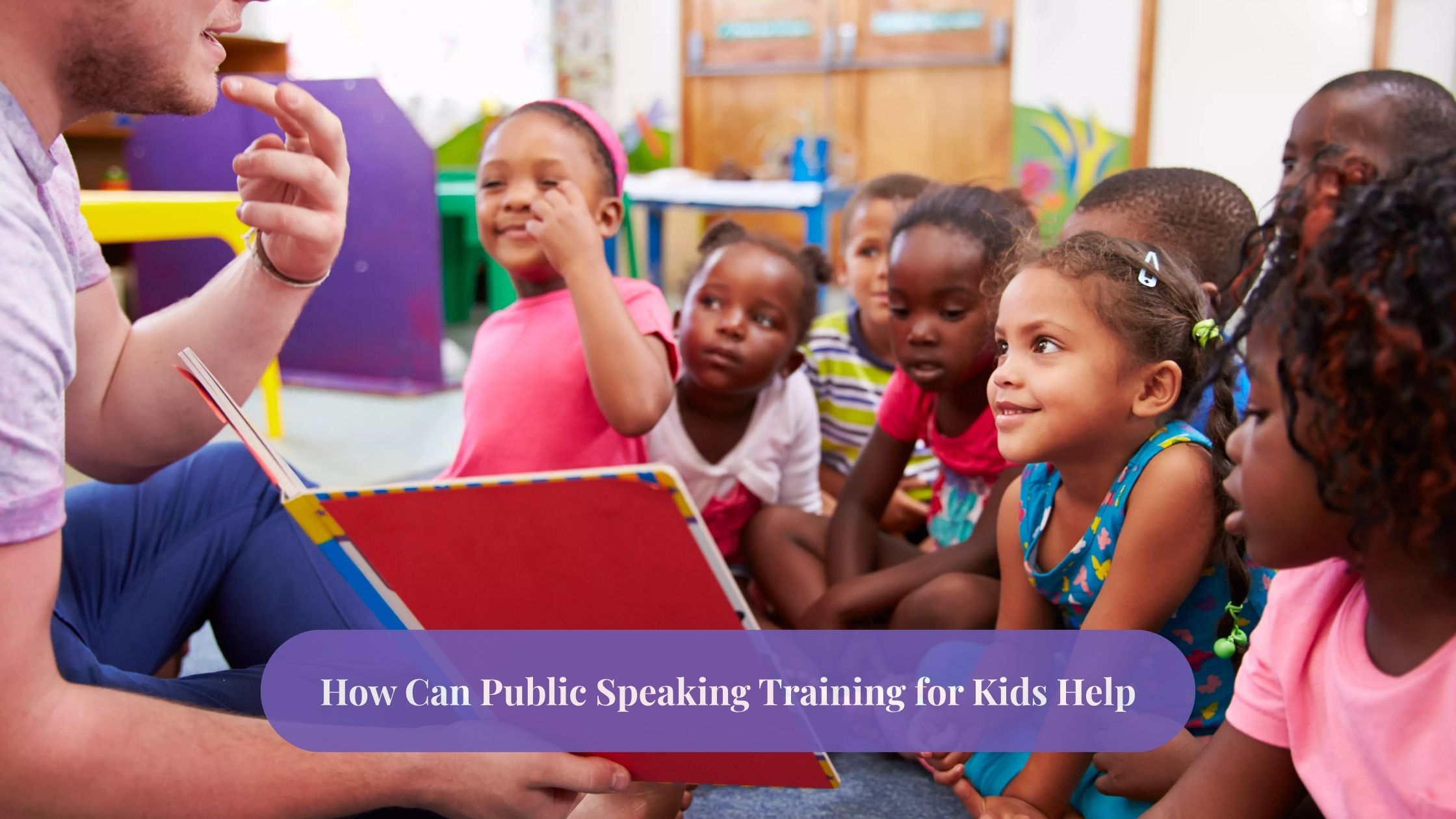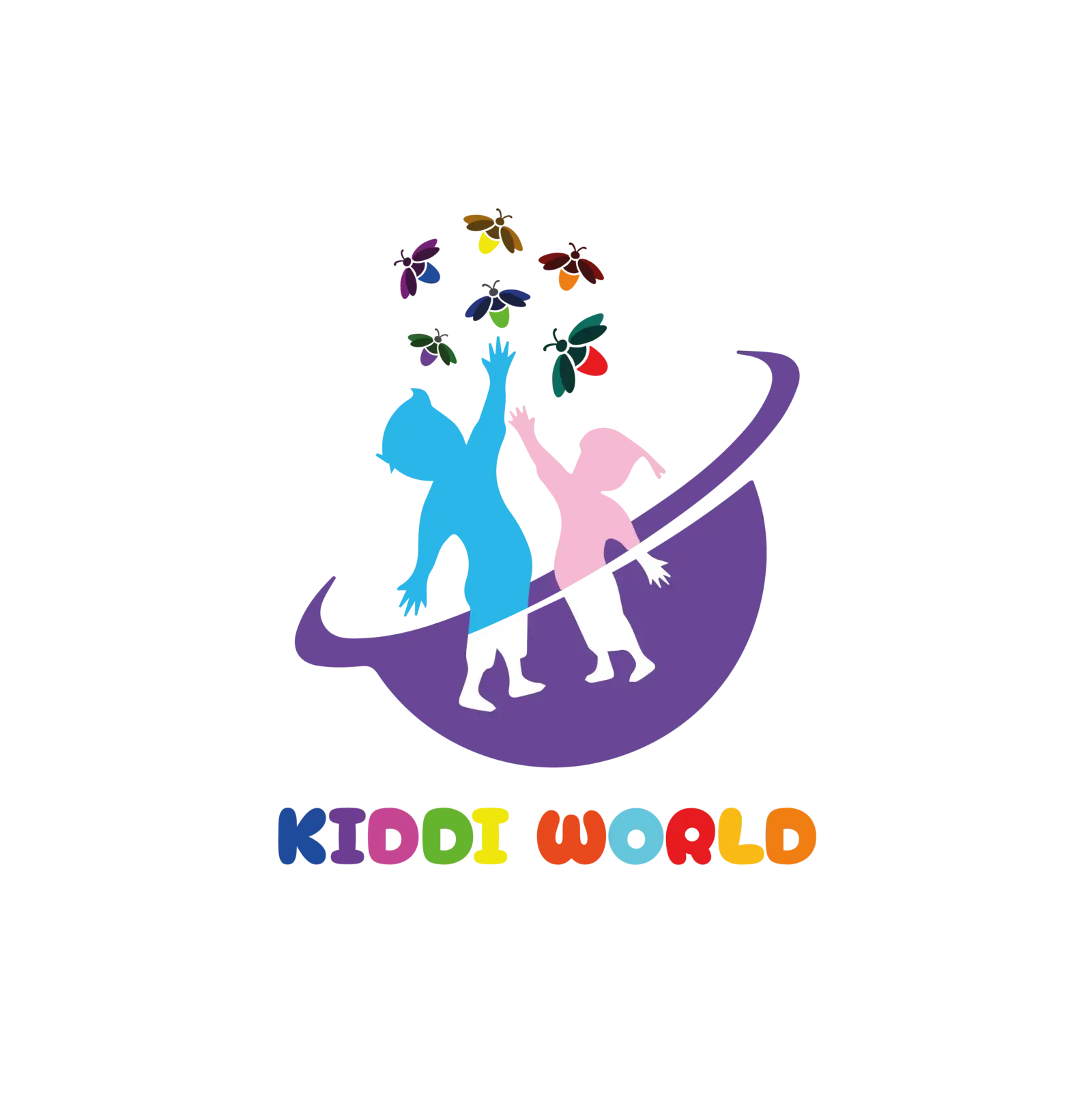
In this quickly moving world of ours, communication is no longer just an essential life skill it is a superpower. Whereas most individuals acquire the ability to speak later in life, bringing public speaking training to children at a young age can mold their confidence, creativity, and emotional IQ. Beyond simply speaking before an audience, it enables children to express themselves concisely, listen actively, and think critically all essential skills for school and life success.
At the top-rated early learning centers, such as the Best preschool in Abu Dhabi, educators and parents alike are discovering the significant influence of introducing communication skills in young children. Let’s find out how public speaking training benefits children academically, socially, and emotionally.
Building Confidence from the Start
One of the most obvious and immediate advantages of public speaking is to give a child an extra boost of confidence. Whether it is standing up to recite a poem, reading a story, or responding to questions in school, public speaking enables children to overcome shyness and self-doubt. Even a straightforward show and tell experience in a daycare classroom can be a remarkable stage for children to learn how to be heard and valued.
This self-assurance follows them into their daily lives whether it’s questioning in class, greeting a new acquaintance, or engaging with group projects. And over time, this confidence becomes a part of who they are.
Enhancing Language and Communication Skills
Effective use of the right words is more important in public speaking than simply using large words. Children gain the ability to arrange their ideas, form coherent sentences, and communicate clearly through opportunities for guided speaking.
To enhance vocabulary and articulation, teachers at the top kindergarten in MBZ frequently incorporate storytelling, rhymes, and dramatic play. Children’s language skills develop organically and happily as they participate in these activities. They also learn active listening, which is equally important because effective communication requires the ability to listen and respond intelligently.
Encouraging Creativity and Imagination
Public speaking often involves telling stories, expressing opinions, or acting out scenarios all of which fuel imagination. Kids love to create, and when they’re given the stage (even if it’s just a classroom corner), they’re encouraged to think outside the box.
This creative outlet not only helps in language development but also supports cognitive flexibility. When children speak publicly, they must adapt their message based on their audience whether it’s peers, parents, or teachers thus sharpening their emotional intelligence and perspective-taking.
Supporting Better Classroom Engagement
Children who are comfortable speaking up tend to be more engaged learners. They ask more questions, take initiative, and contribute actively to group discussions. Public speaking fosters a sense of curiosity and independence, which often translates into better academic performance.
When public speaking becomes a part of the routine for young children in daycare, it lays the foundation for leadership and participation. Whether it’s a weekly speaking circle or storytelling hour, these small routines help children develop habits of thoughtfulness and collaboration.
Strengthening Parent-Teacher Partnerships
Introducing public speaking skills also enhances Parent-Teacher Communication in Nursery School. How? Children become better at sharing their daily experiences, feelings, and learning outcomes. When a child can articulate what they learned or how they felt during the day, it helps parents and teachers understand the child’s progress, needs, and challenges more clearly.
Moreover, when parents see their child perform or speak during school events, it fosters a deeper connection with the school community. It becomes easier for parents to support learning at home and communicate more openly with teachers about developmental goals.
Preparing for Future Success
Though they may be far from job interviews or university presentations, children who develop public speaking skills early are better equipped for the future. As they move from nursery to primary school and beyond, the ability to speak confidently becomes a valuable asset in every subject and scenario.
In a city like Abu Dhabi, where classrooms are wonderfully diverse, being able to communicate clearly and respectfully with others regardless of background is a key advantage. Public speaking prepares kids not just to speak but to connect.
How Kiddi World Encourages Early Communication
At Kiddi World, we understand the power of voice especially the tiny ones. Our programs are designed to encourage public speaking through age-appropriate, fun-filled activities. From daily circle time and interactive storytelling to festive performances and role play, children are gently guided to express themselves in ways that feel natural and joyful.
We believe every child has a voice that matters. And through encouragement, consistency, and the right environment, they’ll learn to use it with confidence.
Conclusion
Public speaking training for children is not about making them performers; it’s about assisting them in the discovery of their own voice. It builds confidence, bolsters communication skills, boosts creativity, and aids academic and emotional growth. When integrated into early child development programs, it establishes the foundation for a lifetime of self-expression and leadership.
By placing your kid in settings such as the best kindergarten in MBZ, or the best preschool in Abu Dhabi, you’re not just providing them with early education—you’re providing them with a platform where their voice matters.







